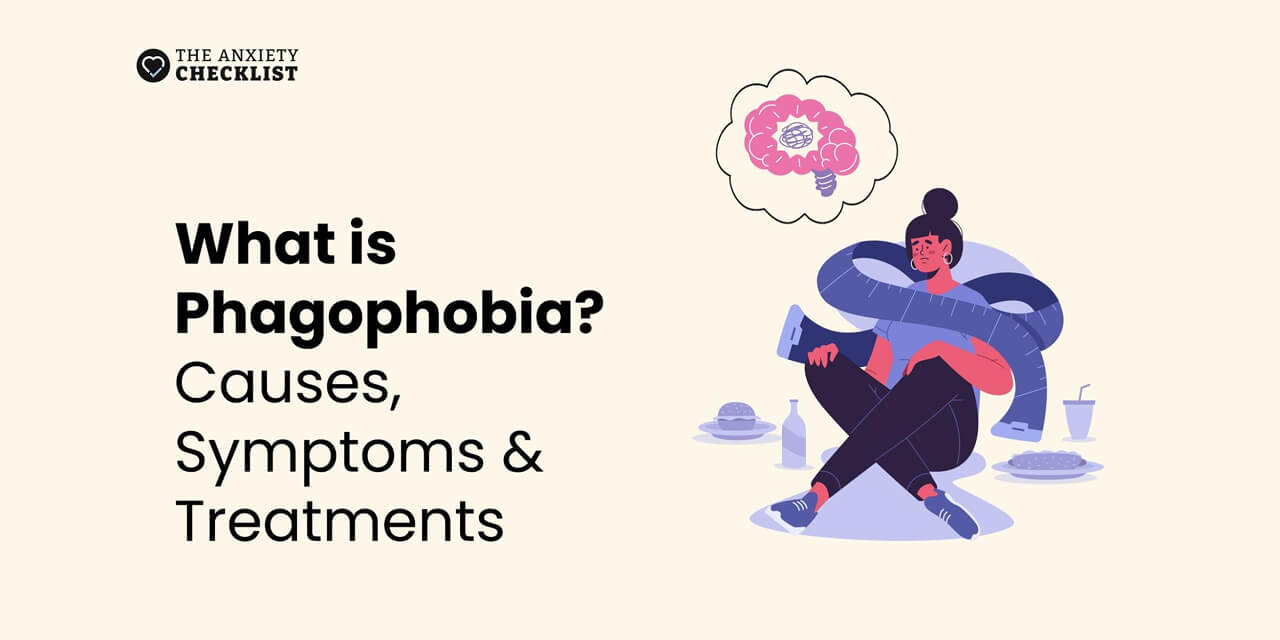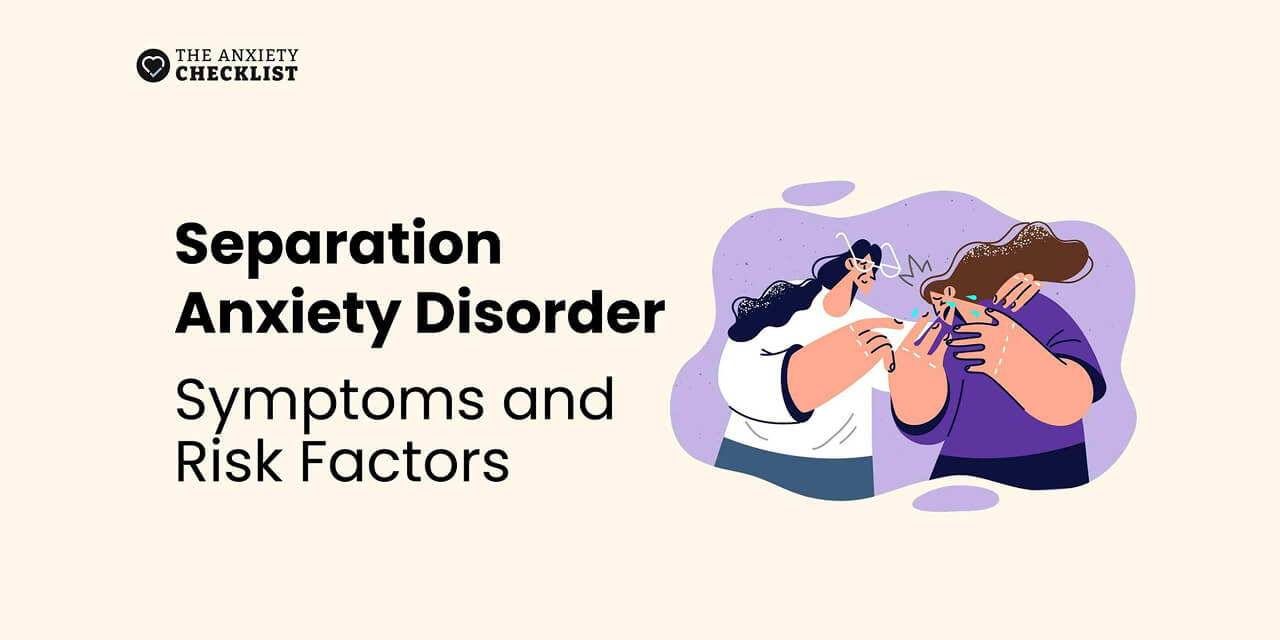Understanding Phagophobia
Phagophobia is the intense fear of swallowing food, liquids, or pills. It is a type of phobia often linked to worries about choking, pain, or a past negative experience while eating.
It is a specific phobia under the Avoidant/Restrictive Food Intake Disorder (ARFID) category in the Diagnostic and Statistical Manual of Mental Disorders, Fifth Edition (DSM-5). Phagophobia has a prevalence rate of between 7% and 9%.
This condition can interfere with daily life by making meals stressful, causing you to avoid food altogether. Over time, this can impact your nutrition and potentially lead to feelings of isolation and frustration.
Is anxiety holding you back from the life you deserve?
Common Phagophobia Triggers
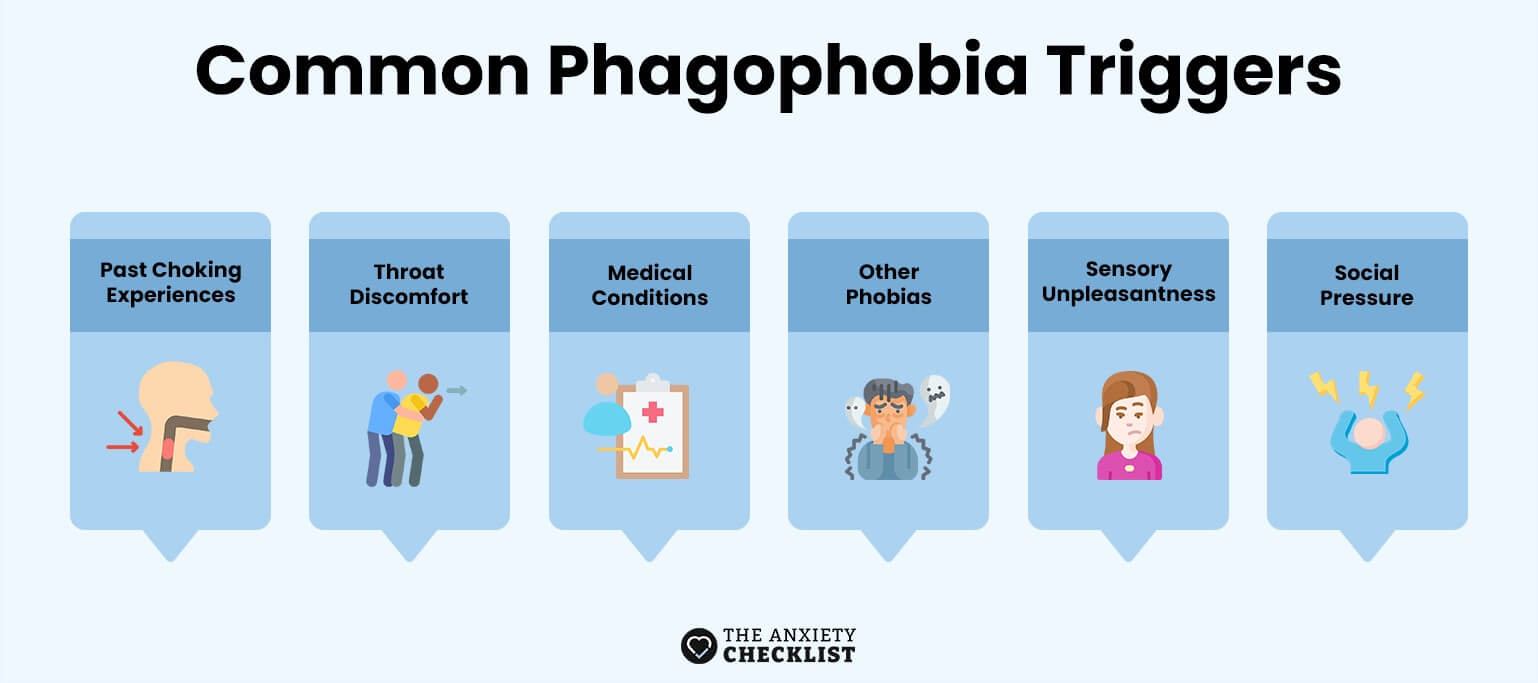
The exact cause of Phagophobia isn’t known yet. However, experts believe that various situations can trigger phagophobia, including.
Past Choking Experiences
One of the strongest triggers for phagophobia is a past choking event. This makes you associate swallowing with danger, resulting in an automatic fear response each time you consume a drink.
The fear grows beyond the original choking incident. Your throat muscles tense up even with solid foods that are easy to swallow, like mashed potatoes or pudding.
Discomfort in the Throat
Pain or irritation in the throat can also trigger phagophobia. Conditions such as sore throats, tonsillitis, or even minor infections may make swallowing painful. For some, this temporary pain creates a lasting association between swallowing and discomfort.
Once this connection forms, the mind begins to expect pain during meals, reinforcing anxiety around swallowing. Medical treatments, such as tonsillectomy or vocal cord surgery, can help address the underlying medical cause.
Medical Conditions
Certain medical conditions can make swallowing physically difficult. Conditions like acid reflux or esophageal irritation can cause food to feel like it gets stuck, creating a sensation of being stuck in the throat.
Even after the medical condition is treated, the memory of those struggles can linger. By that time, the brain learns to associate swallowing with risk.
Co-occurrence With Other Phobias
Phagophobia is sometimes accompanied by other common phobias, such as pseudodysphagia or illness-related fears like hypochondriasis. In more severe cases, it may also be linked to a fear of death (thanatophobia).
These overlapping fears can build on each other, making swallowing feel even more threatening.
Sensory Unpleasantness
Certain food textures can feel uncomfortable or give the sensation of food sticking in the throat. This choking sensation can cause panic attacks that ultimately contribute to phagophobia.
Examples of these foods include marshmallows or peanut butter. Similar to the other triggers, the fear of swallowing can extend to other regular foods and drinks if left unchecked.
Social Pressure
Eating in front of others can heighten social anxiety for some people with phagophobia. The pressure of being watched makes the fear of choking or struggling to swallow even stronger.
Over time, you start avoiding social settings, such as family meals or dining out with friends.
Symptoms of Phagophobia
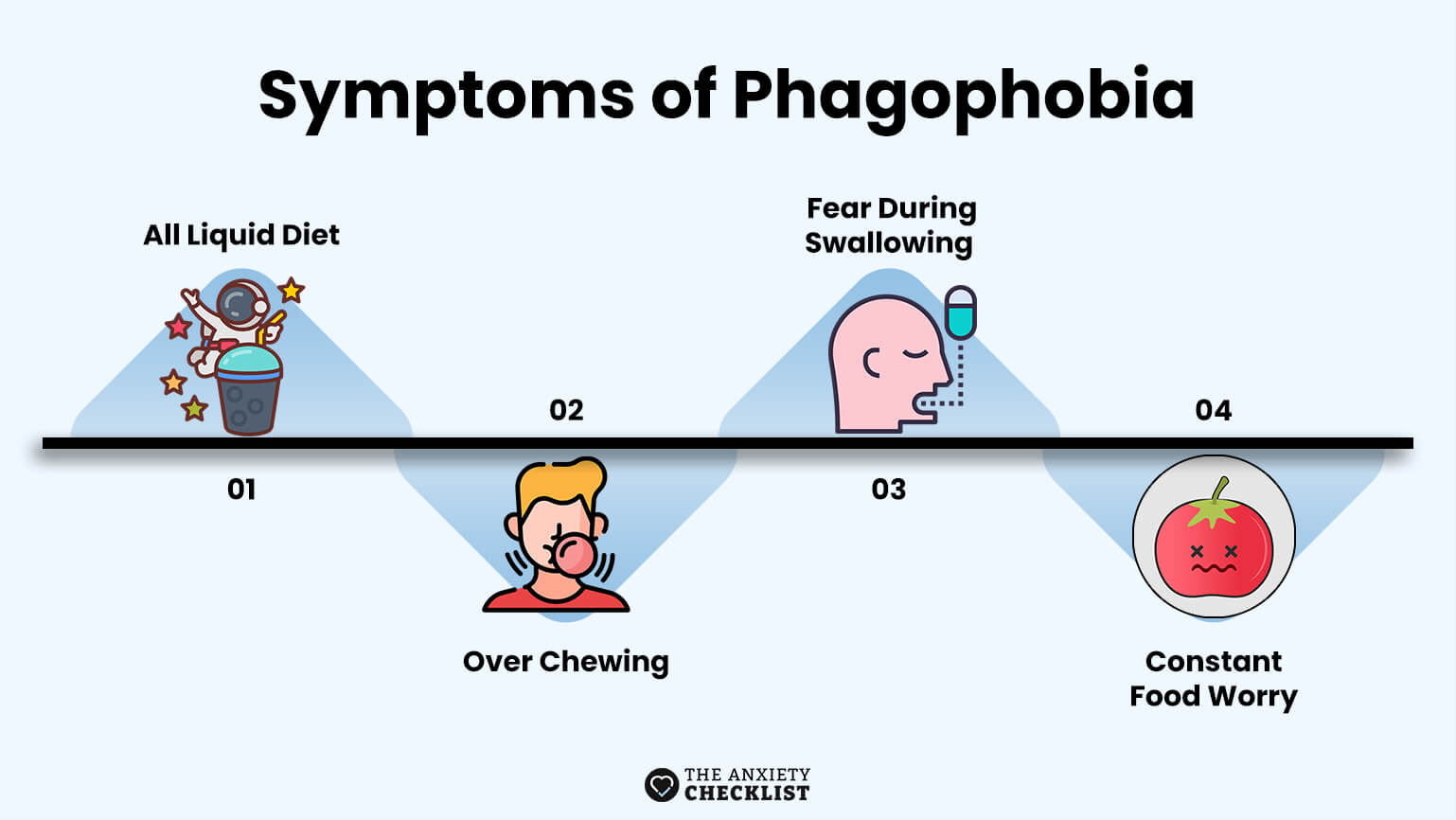
When you know the signs and symptoms of the fear of swallowing, you can catch it early and manage them early. Here are some of the most common ones.
Avoiding Solid Foods
One of the clearest signs of phagophobia is the complete avoidance of solid foods altogether. You’ll start limiting yourself to liquids or very soft meals, even when you desire solid foods. Avoidance feels like the only way to stay safe.
Tiny Bites and Over Chewing
Changes in eating habits are another clear symptom of phagophobia. You’ll often take tiny mouthfuls or chew far longer than needed. The extra chewing is usually a way to reduce the chance of choking. Over time, eating starts to feel exhausting instead of enjoyable.
Fear During Swallowing
The act of swallowing itself is the hardest part for people who have phagophobia. Even before food reaches your throat, you’re already thinking of choking. This is called anticipatory anxiety.
In such situations, a person may freeze with food still in the mouth, unable to proceed. They often reject the food or leave the table entirely in an effort to escape the fear. What is typically a routine act becomes a source of overwhelming dread.
Constant Worry About Eating
Phagophobia doesn’t only show up at mealtimes. The fear often lingers throughout the day. People may spend hours planning what they can eat or avoiding situations where food will be present.
In fact, thinking about swallowing can cause extreme anxiety. This constant preoccupation makes the condition harder to manage without help.
Treatment Options for Phagophobia
As mentioned earlier, the actual cause of phagophobia is yet to be established. So, phagophobia treatment and management usually focus on counseling and managing the symptoms.
So far, the following treatment options are available for individuals with a fear of swallowing.
Cognitive Behavioral Therapy
Cognitive behavioural therapy (CBT) helps you notice these anxious thoughts and what triggers them. General CBT usually involves several steps, as shown below.
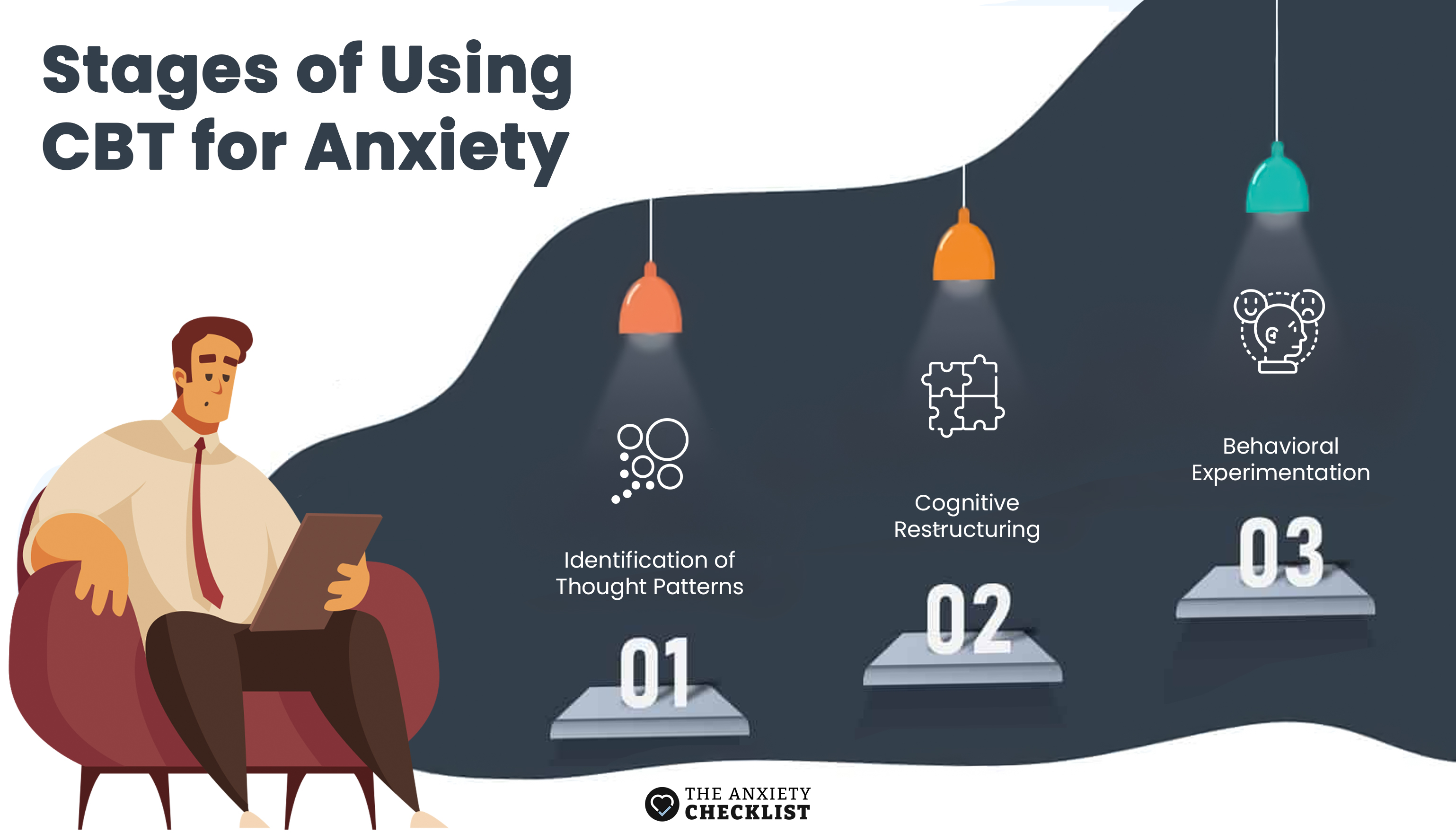
Therapists often combine thought restructuring for managing the fear of swallowing anxiety. Gradually, this allows individuals to reduce fear during meals and regain confidence in eating.
Remember, CBT doesn’t remove the memory of past experiences, but it changes how the mind responds to them.
Relaxation Techniques
Calming the body is another important step in treating phagophobia. Breathing exercises, mindful meditation, or progressive muscle relaxation can lower tension in the throat area.
Practicing these skills outside mealtimes makes them easier when needed. Relaxation on its own may not resolve phagophobia, but it supports other treatments and makes progress easier to maintain.
Exposure Therapy
This focuses on gently facing the fear in safe steps. Exposure therapy for phagophobia means starting with small sips of water, then slowly moving to eating soft foods. Like CBT, this type of therapy also involves several steps, as illustrated below.
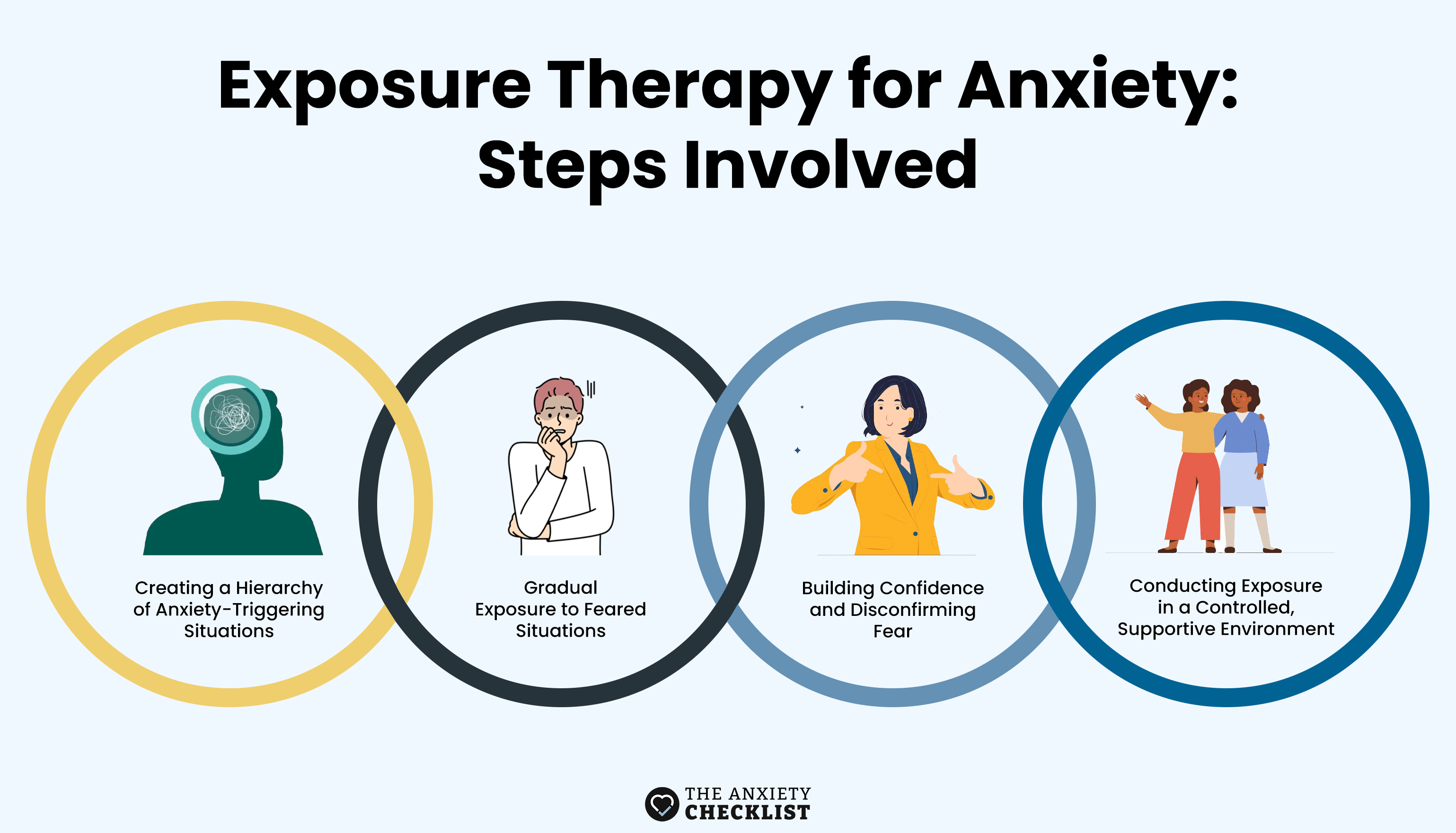
With guidance, these repeated experiences show your brain that eating doesn’t have to bring panic. As your confidence grows, the intense fear usually starts to fade.
Medical Support
Sometimes phagophobia is linked to underlying medical issues. Conditions like acid reflux, throat irritation, or swallowing disorders can create physical discomfort that feeds into the fear.
In such situations, it’s advisable to consult a doctor before trying psychotherapy treatment. There are other medical supports, such as swallowing assessments or dietary guidance, to help make mealtime more comfortable.
Support Groups
It’s also helpful to talk with others who face the same struggles. Support groups can provide a safe space for you to share experiences. Knowing you’re not alone makes it easier to overcome the challenges associated with phagophobia.
There are both physical and online support groups; find the one that works best for you. Also, remember that support groups should not replace therapy; they simply complement it. You still need to see a licensed psychiatrist.
Gradual Self-Practice
You can gradually overcome your fear of swallowing if you also practice on your own. Take baby steps. You can set aside a calm moment to sip water or eat a soft bite without feeling pressured.
Don’t forget to track your progress, no matter how small. It can boost your confidence. However, pushing too quickly can make phagophobia worse and reverse all the gains you’ve made through therapy.
Frequently Asked Questions
Swallowing anxiety can be managed through the following:
Wrapping Up
Previous Article
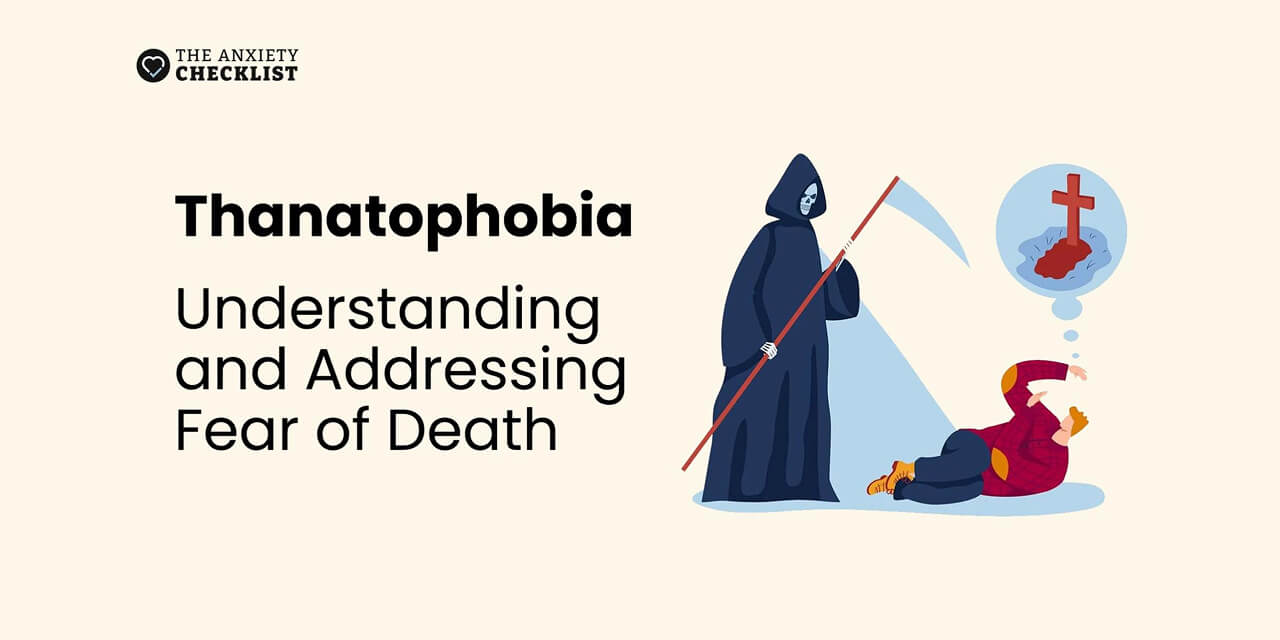
Understanding and Addressing Fear of Death (Thanatophobia)
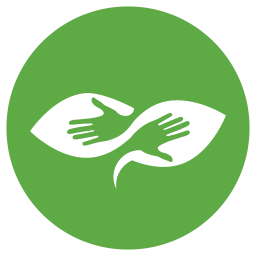
Advertisement
BetterHelp
BetterHelp makes starting therapy easy. Get a tailored therapist match based on your needs and preferences - in as little as 24 hours!
Enjoy 20% off your first month with code "anxietycheck"

4 million+ Helped
Access Therapy 24/7
Preferred by 94% of users
If you are in a crisis or any other person may be in danger - don't use this site. These resources can provide you with immediate help.


